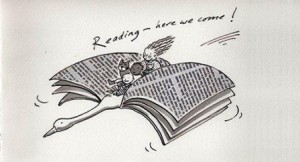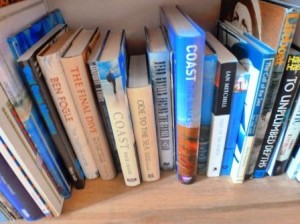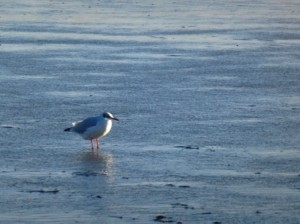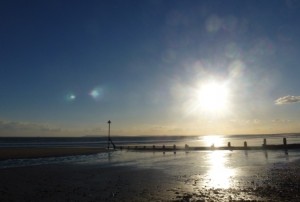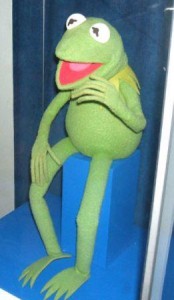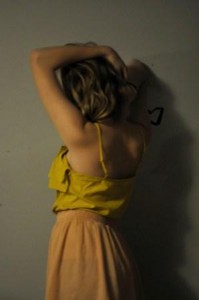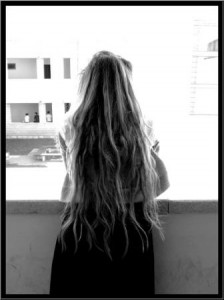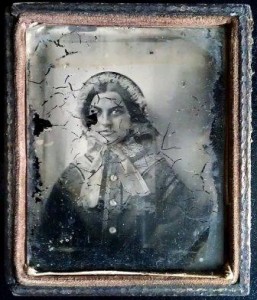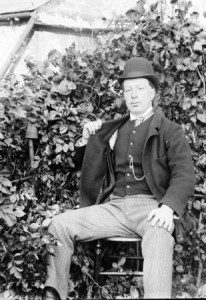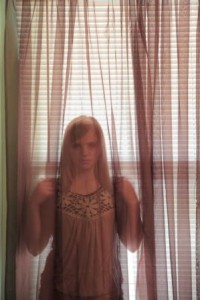This week ( 30th September to 6th October ) I have been in Greece. This was a family holiday booked much earlier in the year for the benefit of my lovely husband who is Rather An Active Sort. We are at a Nielson Resort which means there are A Lot of Healthy Things To Do laid on.
This suits him enormously but I had my concerns. I have been rather pleasantly surprised. By the time that you read this I will have :
- written 3k+ more of Georgiana & The Municipal Moon
- read and reviewed one middle grade girls’ fantasy
- read and reviewed a huge YA fantasy ( with demons!)
- read three more books on my Kindle
- written two articles for the #seamagic project
- posted at least five #seamagic links on Facebook & Twitter
- done four sessions each of yoga, zumba, aqua-aerobics and stretch & relax
- walked, swam, snorkelled – and ate too much
- written this post – obviously
Now it has to be said that I haven’t had to cook or clean this week (huzzah!) but I have socialised more than I would normally. My intention here is not to boast ( well, perhaps a little) but to show myself that I can do all sorts of different things and still find time to write & other authorly stuff.
I rather hope you might have read an earlier post about using your core – I’d like to add that this is not a contradiction. I don’t actually find I can multi-task much. I can do things in sequence, not parallel.
I believe that this week has worked best when I have thrown myself whole-heartedly into exploring a half-submerged cave, dancing like a loon or writing about Regency Selchester. I can’t do two things at once very well – but I can do them one after the other – even in, say, twenty minutes.
How do you fit your many tasks in during the week?

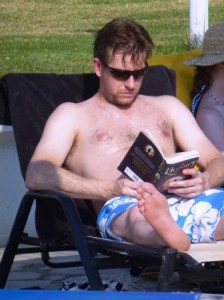


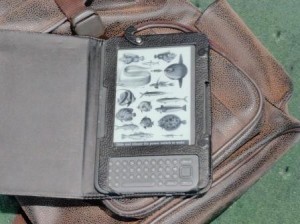
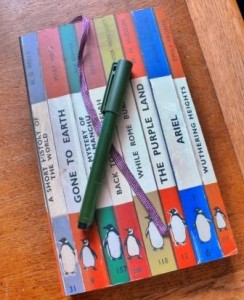
![AWIB-ISAW: The Well at Kom OmboA deep well at the Ptolemaic temple at Kom Ombo, which functioned as a nilometer. The well is also thought to have been used in the ritual worship of the crocodile. by Iris Fernandez (2009)copyright: 2009 Iris Fernandez (used with permission)photographed place: Omboi (Kom Ombo) [http://pleiades.stoa.org/places/606346]Published by the Institute for the Study of the Ancient World as part of the Ancient World Image Bank (AWIB). Further information: [http://www.nyu.edu/isaw/awib.htm].](http://kmlockwood.com/wp-content/uploads/2012/09/Okombo_well_Iris_Fernandez_InstituteForTheStudyOfTheAncientWorld-300x224.jpg)
